Everything You Need to Know About G.I.A.
First of all, what does G.I.A. stand for? It is the abbreviation for the Gemological Institute of America which is now the mainstream reference.

The gemological institute of America was established in 1931, it is the leader in research, gem laboratory services, gemological equipment sales, and education center. The jewelry industry around the world relies heavily on the lab services, research, and education the GIA provides industry professionals.
The GIA provides education in all gem categories; jewelry, and the jewelry industry as well as jewelry design.
The main campus and gem lab are located in Carlsbad California, with nine laboratory satellite locations around the world.
GIA graduates earn the esteemed Graduate Gemologist Diploma, which establishes them as credible, knowledgeable jewelry professionals.
For details on GIA programs and The Gem Laboratory, click HERE.
What Kind Of Diamond Reports Does GIA issue?
GIA diamond grading report:
Natural Diamond Grading Report:
Comprehensive grading of the 4Cs, including diamond shape, measurements and proportions diagram, clarity plot, assessment of polish, symmetry, fluorescence, Inscriptions (if any), seal, and QR code.
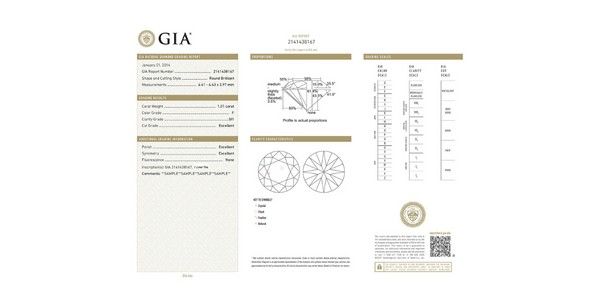
Diamond Origin Report:
Documents the color, clarity, cut, and carat weight as well as all the other features found in the Natural Diamond Grading Report with the addition of the location (country) where the diamond was mined.
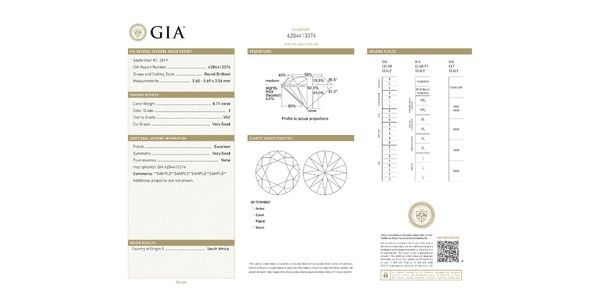
Diamond Dossier®
Is a smaller version of the diamond report that provides the color, clarity, cut, and carat weight of your diamond, the diamond report number, and a QR code that gives you immediate access to the E-Report online. Available for both Natural and Lab-grown diamond reports.
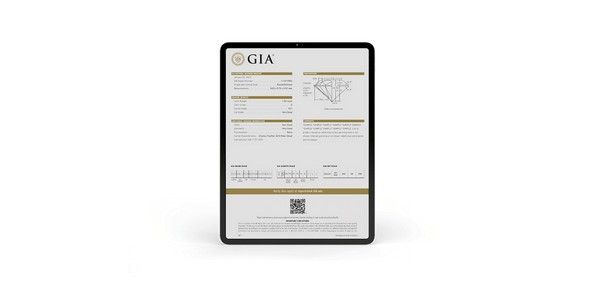
Diamond E-Report:
Is the digital short form of the report, documenting the report number, shape and diamond measurements, polish, symmetry, and fluorescence. Photograph of the diamond in the face-up position.
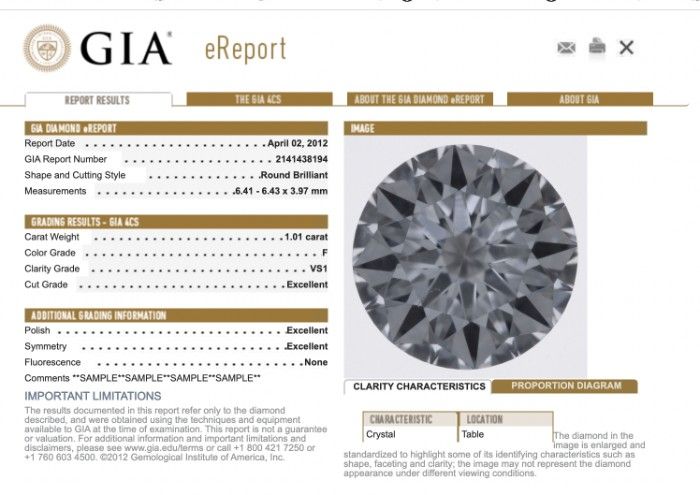
DIAMOND FOCUS ™ REPORT
A digital report, with just the basics: color, clarity, cut, and carat weight of your diamond, the laser inscribed number, for diamonds 0.40 and under only.
COLORED DIAMOND GRADING REPORT
This report features the grading factors found in the natural diamond grading report as well as the assigned fancy color.
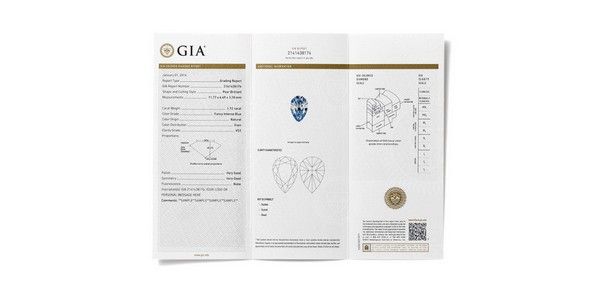
COLORED DIAMOND ORIGIN REPORT
Features all the grading factors found on the natural diamond report as well as the country of origin of the diamond. GIA is considered the world authority on fancy color diamond grading.
COLORED DIAMOND IDENTIFICATION AND ORIGIN REPORT
Includes grading factors as well as fancy color grade and origin of color.
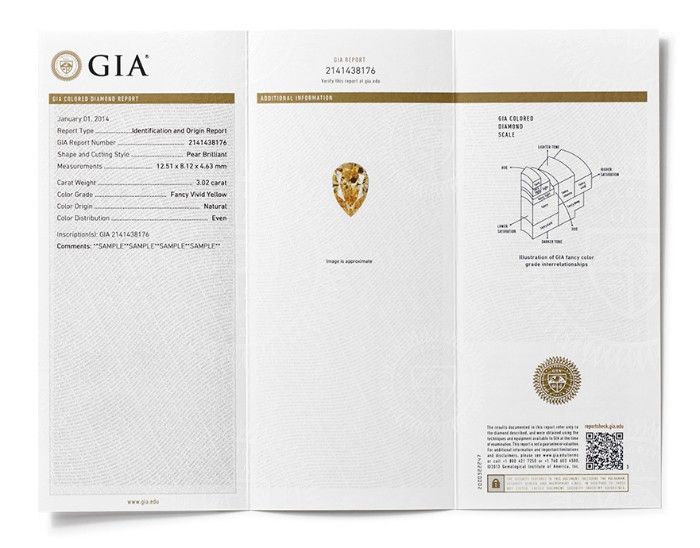
What Is The Difference Between a Certificate And A Diamond Report?
These two words are used interchangeably by almost everyone in the industry.
But the GIA wants you to know that they do not certify diamonds, they grade and issue reports that document the grades assigned by teams of impartial graders. They use their standard grading scales for the 4Cs, Color, Clarity, Cut, and Carat weight.
These are the standards used around the world, so that diamond dealers and retailers have a common language to describe diamonds, especially important as millions of diamonds are sold sight unseen, and over the Internet.
What are GIA diamonds?
"GIA diamonds" simply means that the diamonds being sold have been graded by the GIA. They do not own or sell diamonds. So there is really no such thing as GIA diamonds, only GIA-graded diamonds.
Once diamonds are cut and polished (the loose diamonds) are sent to a GIA lab, or other diamond labs for grading, then they are sold to retailers accompanied by the report.
There are jewelers that advertise that their diamonds are good quality because they are GIA graded and refer to them as "GIA diamonds."
This is misleading. The GIA grades diamonds, whether they are the rarest stones at the top of their color, clarity, and cut grading scales, or at the bottom. They do not discriminate when it comes to diamond quality.
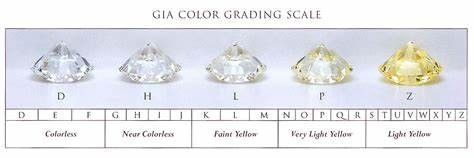
For instance, An I3 clarity grade features many inclusions and would not be considered a good quality diamond, but would nonetheless still be graded by the Gemological Institute of America.
This I3 diamond has inclusions that are obvious to the naked eye. That is the definition of an I3 diamond. The lowest clarity grade. It also has apparent brownish body color and is also low on the color grading scale.
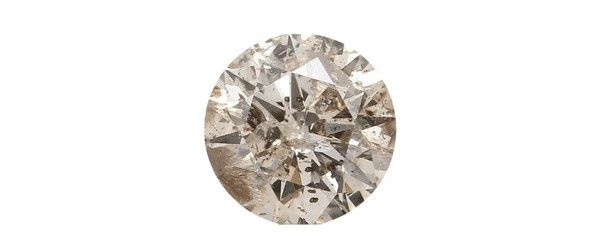
Notice the abundance of breaks, large and numerous included crystals. You cannot say this diamond is good quality but does qualify to be graded by the GIA.

Why do I need a GIA report?
It is important to buy a diamond accompanied by a GIA report for peace of mind when it comes to the specifics of your diamond.
If you plan to ensure your diamond jewelry, most insurers require a report in the event the diamond must be replaced.
Although GIA does not attach a monetary value to diamonds they grade, these reports provide the information required by jewelry appraisers who do determine the monetary value and are also used by diamond dealers to set prices.
GIA also laser engraves diamonds with the associated report number on the girdle of the diamond, for a small fee.
All reports also feature QR codes for easy electronic access.
What are the important factors to pay attention to in the report?
Click on the links below to read about the 4Cs and GIA's grading scales. The GIA grading system is the gold standard.
Carat Weight
Color
Clarity
Cut
If, when you are buying a diamond, and the salesperson does not offer, ask to see the report number inscription on the diamond's girdle and compare it to the number on the report.
If you receive the report by mail, compare the two numbers.
You will require a 10X jeweler's loupe to see the laser inscription, or return to the store and have them verify that the numbers on the diamond and in the report match.
Also, have them address any questions you may have about the report.
Can I Get A GIA Report For A Lab-Created Diamond?
Yes, GIA now provides reports for lab-created diamonds as do other labs.
Because lab-created diamonds have the same optical, physical, and chemical properties they have all the same characteristics as mined diamonds, just their origin is different.
Grading diamonds, whether mined or created in a lab is the same process.
The same grading process and scales that apply to natural diamonds are used when grading lab-created stones.
The origin, however, is indicated as well as the manufacturing method, either HPHT (High Pressure-High Temperature) or CVD (Chemical Vapor Deposition.)
It is important to know that the IGI, International Gemological Institute grades the majority of lab-created diamonds on the mark today and the majority of retailers that sell LC diamonds will provide IGI reports.
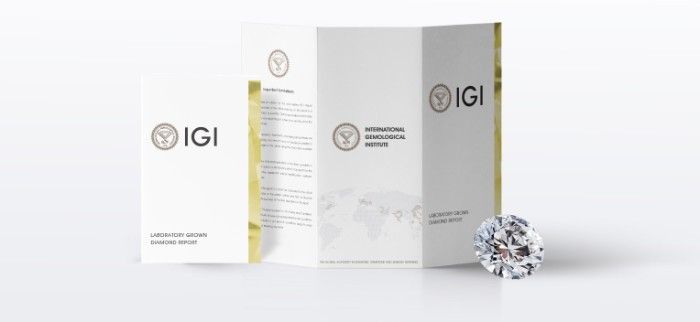
If you prefer, one of the few jewelers that will provide a GIA diamond report with the purchase of a lab-created diamond is Jean Dousset. Click on the ad at the top of the page to see their beautiful jewelry collection.
FAQs
Q. Is the GIA report the same as an appraisal?
No, an appraisal describes in detail a finished piece of jewelry, and a value is placed on it based on the metals, diamonds, and or gemstones, maker and provenance, or history of the piece.
Most appraisers are trained in gemology, so may be able to grade your diamonds within the limitations of the setting.
Research the credentials of your appraiser.
The value may be replacement value, i.e. for insurance purposes, or fair market value, i.e. resale value.
The GIA only grades loose diamonds, so if a diamond is set in a piece of jewelry it would have to be unmounted.
Q. What is a report checker?
Report Check is an online service provided by the GIA to customers to compare the information contained in your diamond report with the information about that diamond in the GIA archives. All that is required is the report number.
Q. Will my insurance company accept a digital report?
GIA will be completely paperless by 2025, so insurance companies will have to accept digital reports.
Today most insurance companies accept the PDF format which you can attach to an email.
Q. How much will it cost to have my loose diamond graded by the GIA?
GIA has price lists on its website, as well as lab locations and submission instructions.
Click HERE for details.
Thank you for reading our article and please leave your questions and comments below in the comments section.
Additional related articles:
An Introduction To Black Diamonds
A Sustainable And Ethical Direction-Lab-Created Diamonds
Why You Should Consider Buying Lab-Created Diamonds
Buying Guide to Engagement Rings
e-Course: Sell More Engagement Rings
Is It A Real Diamond, Or Something Else?
When you purchase through our links, we may receive a small commission. Prices are exactly the same for you if your purchase is made through an affiliate or a non-affiliate link.
You will not pay more by clicking through our links.
Click to read our full Affiliate Disclosure
Happy Shopping!
Francesca de Granville, G.G. (GIA) F.G.A.


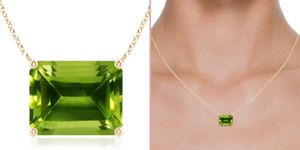
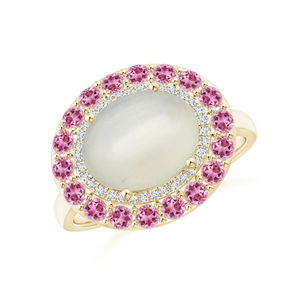
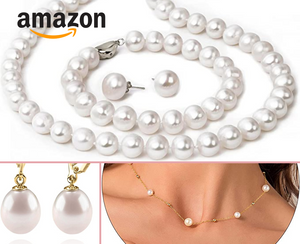
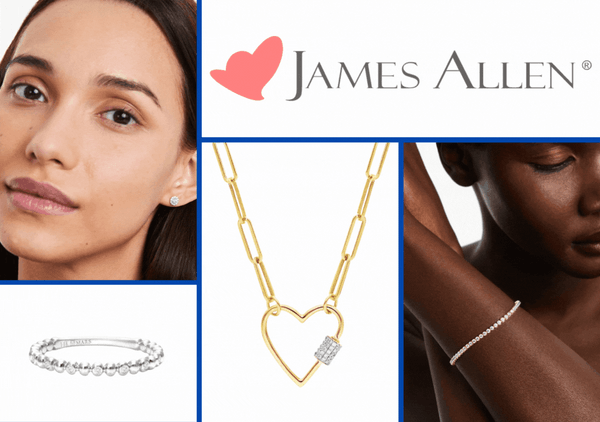
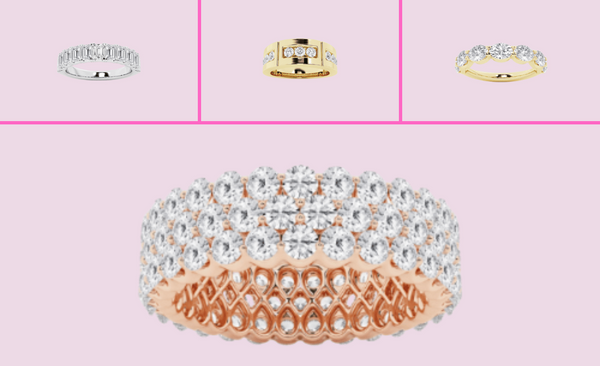

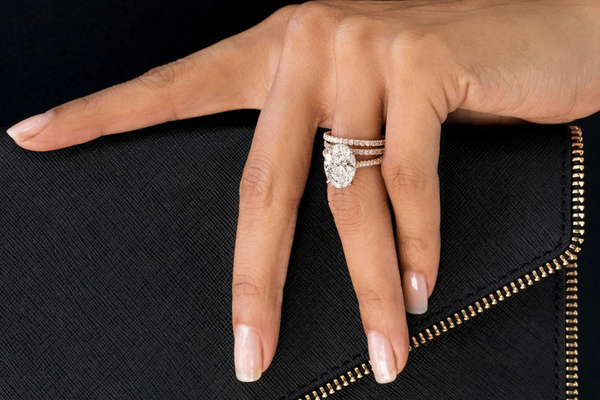
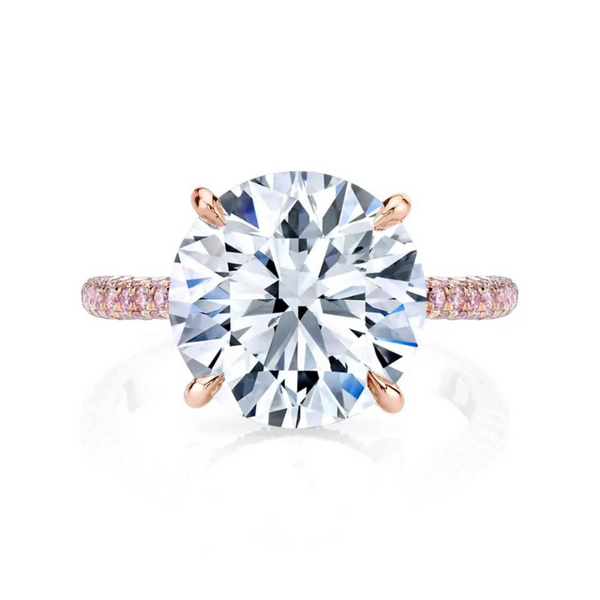
Member discussion